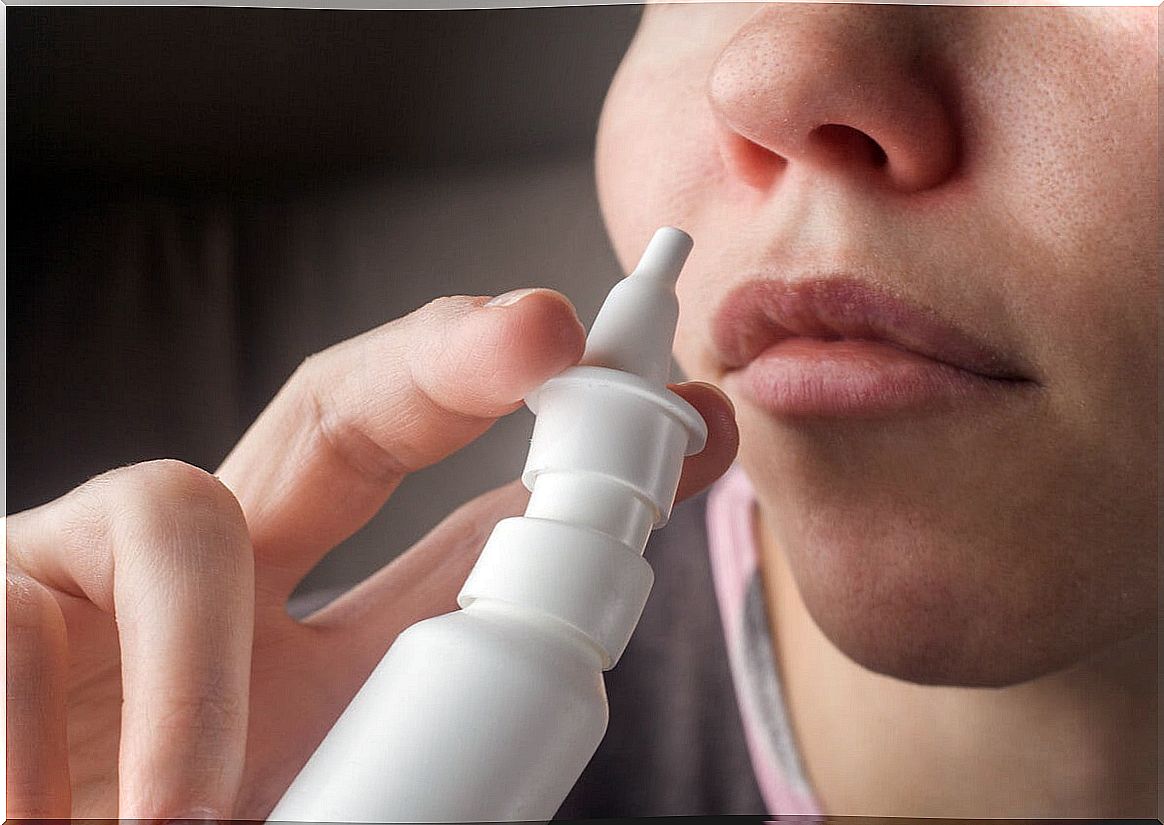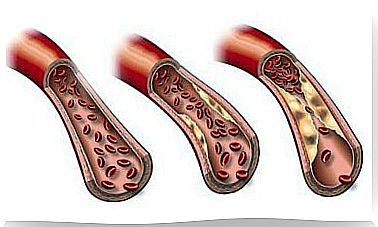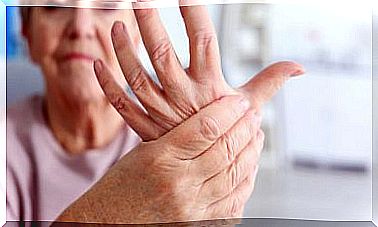Esketamine: The Nasal Antidepressant
Esketamine is an antidepressant drug that is administered intranasally, which allows it to have a very rapid effect against depressive symptoms. We explain everything you need to know.

Esketamine is a drug that has revolutionized the standard model of antidepressant treatments. Many people know it by its trade name: Spravato ®. It is a drug that has started to be used recently.
Its main characteristic is that it is administered nasally. It is indicated in certain cases of depression, in which other approaches have failed or have been insufficient. In this article we explain everything you need to know about esketamine, when it can be used and its possible side effects.
What is esketamine?
Esketamine, as we have noted, is an antidepressant drug that has been on the market relatively recently. According to a study published in Biological Psychiatry, depressive disorders are the leading cause of disability today.
Depression influences all aspects of a person’s life. It is a pathology that causes decay, demotivation, social and work problems. As with many other psychiatric disorders, medical treatment may not be enough.
The advantage of esketamine is its rapid onset of action. This drug acts on receptors in the brain called NMDA . In this way, it allows the concentration of neurotransmitters involved in depression to increase.
It is administered through a disposable device that allows you to inhale esketamine. The improvement, in most cases, can be considered almost instantaneous. With conventional antidepressants, by contrast, it can take weeks and even months for the effects to begin to be seen.

What is esketamine used for?
Esketamine is a nasal spray used to treat depression. However, it does not share the general characteristics of the rest of the drugs in this group.
Its main indication is depression resistant to treatment. It is one that, after having tried to solve it through conventional lines (with fluoxetine or sertraline, for example), no improvement has been achieved.
As stated by the US Food & Drug Administration (FDA), it is necessary to have tried at least two antidepressant drugs previously. In addition, it is important that the guidelines have been met and the time necessary to confirm that there has been no improvement with them.
It also appears to be helpful in major depressive disorder. Not all depressions are the same and there are different degrees of severity.
With esketamine, as its time of action is much faster, the risk of the patient committing suicide is considerably reduced. It is estimated that the improvement in symptoms is observed in the first 24 hours after taking the drug. However, it is not indicated for treating anxiety or obsessive compulsive disorders.
How esketamine works
Esketamine acts in the brain on receptors called NMDA . It is similar to ketamine, a substance that is used as a recreational drug and anesthetic. It blocks glutamate, which acts as an inhibitor in the central nervous system. It is administered intranasally with a spray.
It is prescribed once a week for a time, increasingly spacing between doses, which usually range between 56 and 84 milligrams. Ideally, it should always be done in the hospital setting to control proper use.
Esketamine, when inhaled, reaches a high concentration in the blood in a short time. So much so that, around half an hour, there is already maximum concentration. It is essential not to eat or drink before using the spray.
Possible side effects of esketamine
Esketamine, like any other drug, has a risk of side effects. According to a study carried out at the University of Cádiz, adverse effects are usually mild and transitory. However, it is essential to know and take them into account.
One of the most common symptoms is drowsiness. It is essential to consider it so that the patient is aware that he cannot perform certain activities after receiving the drug. Difficulty thinking clearly, dizziness, and fainting may also appear.
Another of the most characteristic side effects is dissociation. It is a sensation that is defined as disconnection of the mind from the body. That is, as if one could observe oneself from the outside.
Addiction is an important risk to be aware of. Almost any antidepressant or anxiolytic medication can lead to this problem. The person tends to believe that he needs this drug in order to be well.
When is it contraindicated?
The Spanish Agency for Medicines and Health Products explains in which situations esketamine should not be used. First of all, it is not recommended for pregnant or breastfeeding women. This is because, in animals, it produced neuronal toxicity in the fetus.
On the other hand, it is contraindicated in people with cardiovascular problems. For example, if there is a history of cerebral hemorrhage, aneurysms or events such as myocardial infarction. The reason is that it can cause transient increases in blood pressure.
Certain pathologies that compromise respiratory function also contraindicate the use of esketamine. If there is chronic obstructive pulmonary disease or sleep apnea, its use is not recommended.

Other important considerations
There are people who may have adverse hypersensitivity reactions to this drug. Therefore, if there is a history of allergy to ketamine, esketamine should not be administered.
Many substances can cause negative interactions with this medicine. It is totally contraindicated to mix this treatment with alcohol, benzodiazepines or opioids.
It is also important to know that the administration of esketamine should always be done in the medical field. Different parameters must be monitored after dosing. For example, blood pressure or the appearance of other side effects.
Furthermore, there is no antidote for this substance. This means that, in cases of overdose, a much more complex approach is required. This is another reason why its use should always be supervised.
Esketamine is a useful and novel drug
The appearance of esketamine has significantly improved the treatment of depression. It reduces the number of suicides and improves symptoms quickly in major depressive disorder.
Its application is simple, although it must always be done in the medical environment. Although the side effects are usually temporary, it is important to know them and not underestimate them to avoid complications of the treatment.









